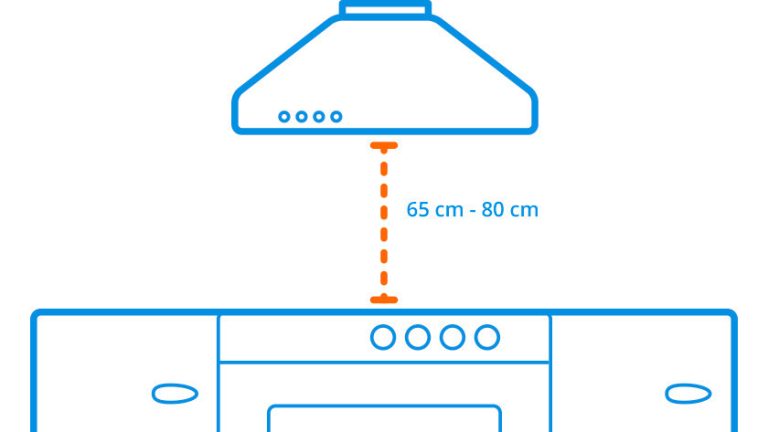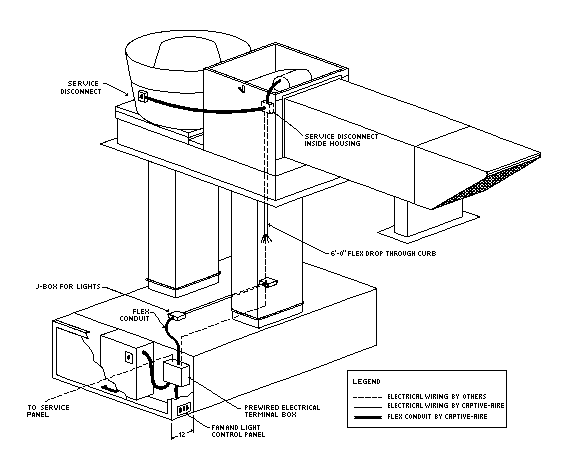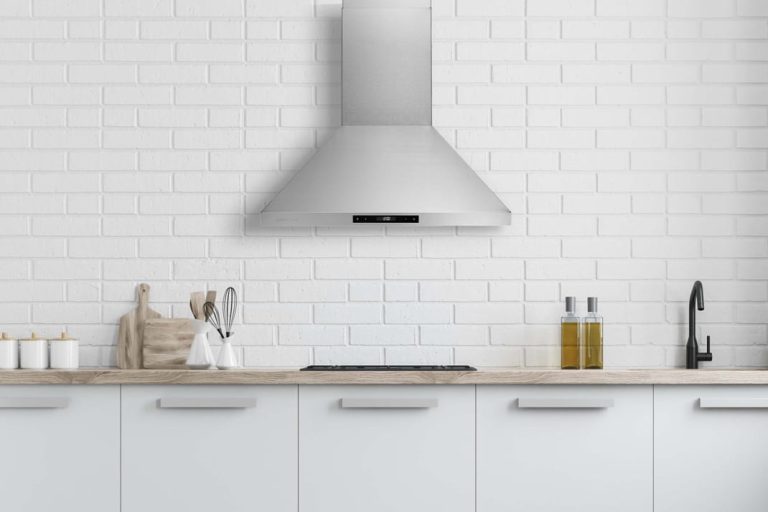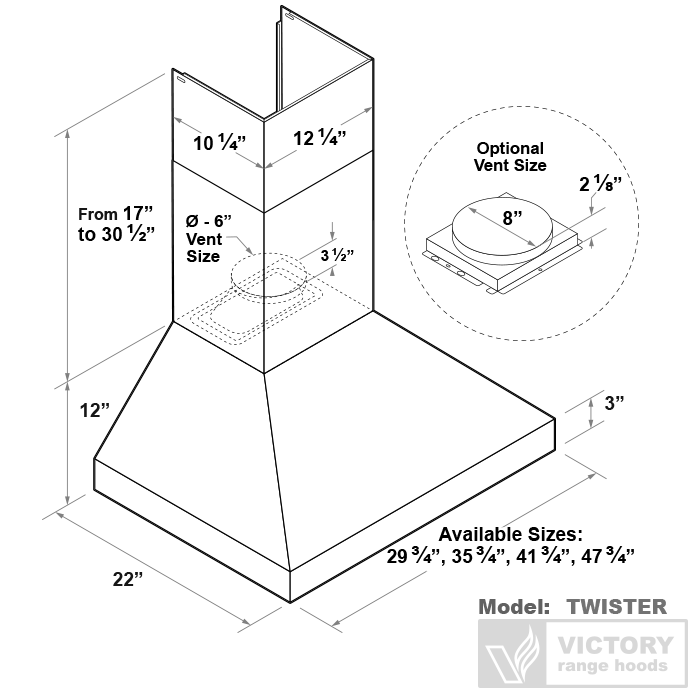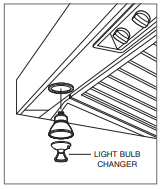To vent a range hood on an exterior wall, first, select the appropriate venting kit for your hood. Then, cut an opening through the wall and install the ductwork securely.
Proper ventilation is crucial for any kitchen. It helps remove smoke, odors, and excess moisture, enhancing air quality. Venting your range hood through an exterior wall can be a straightforward process. This approach not only improves functionality but also adds efficiency to your cooking space.
Choosing the right materials and following safety guidelines ensures a successful installation. Understanding the steps involved will make the process smoother and more manageable. With the right tools and a little preparation, you can effectively ventilate your range hood for a healthier kitchen environment.
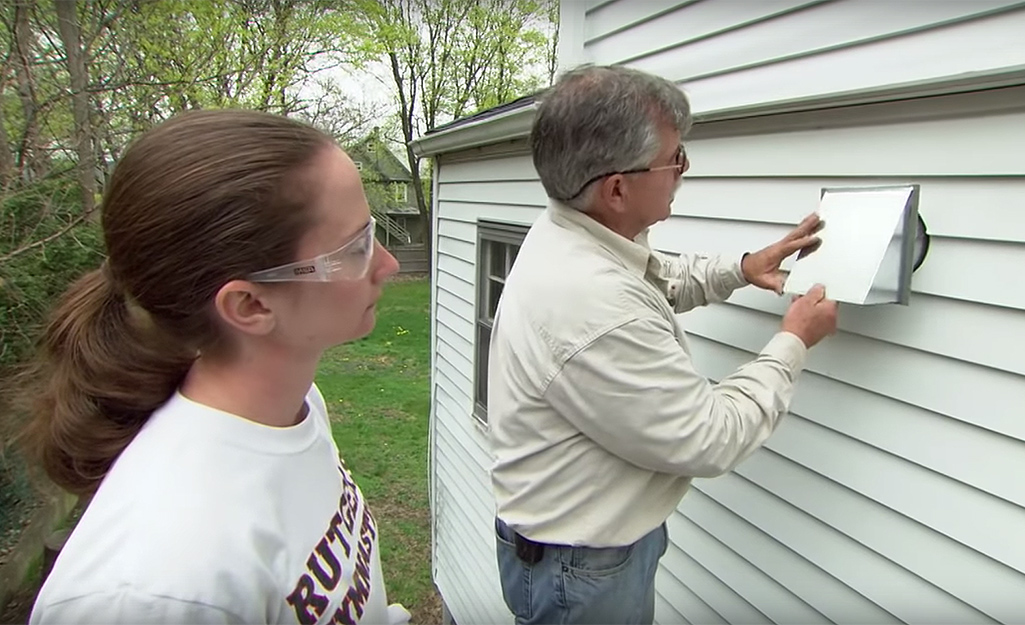
Credit: www.homedepot.com
Introduction To Range Hood Venting
Proper ventilation is key for any kitchen. It helps remove smoke, odors, and moisture. Without it, air quality can suffer.
Ventilating a range hood through an exterior wall offers many benefits. It keeps your kitchen fresh and clean. This method reduces the risk of mold and mildew.
Here are some benefits of exterior wall venting:
- Improves indoor air quality
- Reduces cooking smells
- Minimizes heat buildup
- Promotes energy efficiency
Choosing the right venting method can greatly enhance your kitchen experience. Always consider proper installation for the best results.
Pre-installation Considerations
Assessing the kitchen layout is vital. Measure the distance from the range to the exterior wall. Ensure there is enough space for the ductwork. Think about how the cooking appliances are arranged.
Choosing the right range hood is crucial. Select one that matches your kitchen style. Look for the right CFM rating to ensure it is powerful enough. Consider noise levels; some hoods operate quietly.
| Materials | Tools |
|---|---|
| Ducting materials | Drill |
| Range hood | Screwdriver |
| Mounting brackets | Measuring tape |
| Sealant | Level |
Step-by-step Installation Guide
Start by measuring the area where the vent will go. Use a level to ensure accuracy. Mark the spot clearly with a pencil.
Next, cut the exterior wall using a reciprocating saw. Make sure to wear safety glasses and a mask. Cut slowly to avoid damage.
After cutting, insert the vent hood into the opening. Use screws to secure it tightly. Check for any gaps and fill them with sealant.

Credit: www.wikihow.com
Connecting The Ductwork
Connecting ductwork properly is vital for a range hood. Start by aligning all components carefully. Use duct tape to secure connections and prevent air leaks.
Ensuring a tight seal is important. Check for gaps between joints. Sealant can help fill any openings. This prevents unwanted air from entering.
For ductwork insulation, use appropriate materials. Insulation helps maintain airflow temperature. Wrap ducts with insulating material to improve efficiency. This step also reduces noise during operation.
Electrical Considerations
Wiring the Range Hood is crucial for safe operation. Always use the correct gauge wire. Follow local codes and standards for installation. Connect the wires properly to avoid short circuits.
Safety Precautions are essential. Turn off the power before starting any electrical work. Use insulated tools to prevent shocks. Wear safety goggles to protect your eyes while working.
Testing the Electrical Connection is necessary after installation. Check for any loose wires or connections. Turn the power back on and test the range hood. Ensure it operates smoothly without any unusual sounds.
Finishing Touches
Applying caulk around the edges of the vent cover is essential. It helps to seal any gaps and prevents air leaks. Choose a weatherproof caulk for the best results. Apply it evenly to ensure a tight seal.
Installing the exterior vent cover is a crucial step. Position the cover over the vent opening. Use screws to secure it firmly in place. Make sure it is level and fits snugly against the wall.
Final aesthetic adjustments can enhance the look of your installation. Paint the vent cover to match your home’s exterior. Ensure that all tools and materials are cleared away. This will give your project a clean and finished appearance.
Maintenance Tips
Keeping your range hood clean is very important. Regular cleaning helps it work better. Wipe down the exterior and interior surfaces often. Remove grease buildup to avoid fires.
Replace filters every 3 to 6 months. This keeps the air fresh and clear. Always check filters for signs of wear. Dirty filters can cause poor performance.
Common issues may arise with your range hood. If it makes strange noises, check for loose parts. A bad smell can mean a blockage. Clean all ducts to ensure proper airflow.
Legal And Code Compliance
Building codes vary by location. Always check local regulations before venting a range hood. Codes ensure safety and proper installation. Failure to comply can lead to fines.
Permits are often required for this type of work. Contact your local authority to find out what is needed. Inspections may also be necessary after installation. This ensures everything meets safety standards.
Hiring a professional installer is a wise choice. They understand local codes and have experience. A professional can help avoid common mistakes. This leads to a safer and more efficient installation.
Credit: basc.pnnl.gov
Frequently Asked Questions
How Do I Vent A Range Hood Outside?
To vent a range hood outside, choose an exterior wall near the hood. Mark the area for cutting a hole. Use a saw to create an opening and install the ductwork. Ensure a proper seal to prevent leaks. Finally, attach the vent cap securely to finish.
What Materials Do I Need For Venting?
You’ll need ductwork, a vent cap, screws, and sealant. Additionally, a saw, measuring tape, and safety gear are essential. The ductwork should be metal for durability. Ensure you have the right size materials to maintain airflow efficiency.
Can I Vent A Range Hood Through A Window?
Venting through a window is not ideal. It can compromise safety and efficiency. Instead, opt for an exterior wall or roof installation. If using a window, ensure proper sealing to prevent air leaks. Always follow local building codes for ventilation requirements.
How High Should A Range Hood Be Above The Stove?
A range hood should be 24 to 30 inches above the stove. This height allows for optimal airflow and easy access. Check the manufacturer’s guidelines for specific recommendations. Installing it too low can hinder cooking, while too high may reduce effectiveness.
Conclusion
Venting a range hood on an exterior wall enhances kitchen air quality. Proper installation prevents moisture and odors from lingering. Follow the outlined steps for a successful setup. Regular maintenance ensures optimal performance. With these tips, your kitchen will remain fresh and inviting.
Enjoy cooking in a clean, well-ventilated space!

